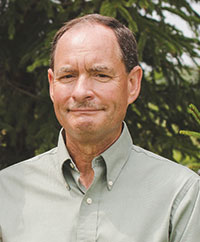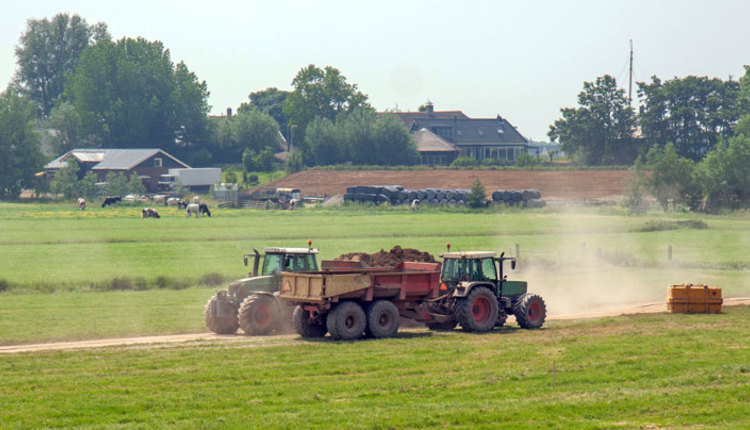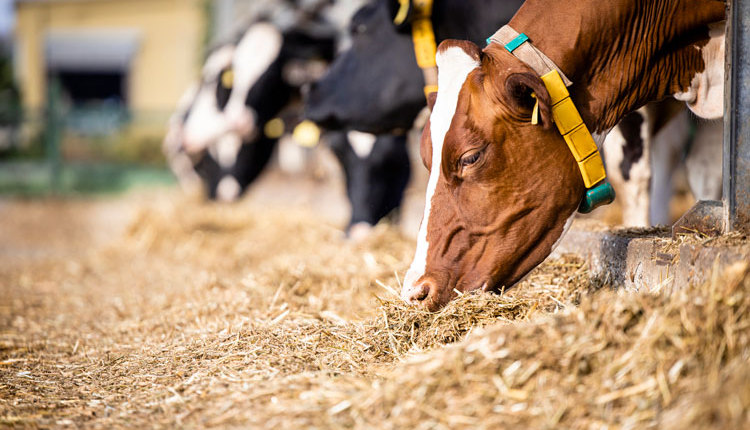The author is the president of Menke Consulting LLC, an agronomic and environmental consulting firm in Greenville, Ohio.

Manure nitrogen (N) exists in three general forms: organic nitrogen, ammonia nitrogen, and (rarely) nitrate nitrogen. A caveat here is that at least 50% of poultry manure’s organic nitrogen is uric acid, a first cousin to ammonia. Plants use mostly nitrate nitrogen to grow, so something has to change for the manure nitrogen to be useful.
Nitrogen availability tables generally show organic-N at 33% with ammonia and nitrate-N at 100% availability. Adjustments are made based upon application time of year and days until soil incorporation (if done at all) to compensate for losses. If you smell ammonia, you are losing nitrogen. If you applied manure last summer after wheat, leaching losses beyond root reach or denitrification in waterlogged soils may occur. Eight months later, how much nitrogen is left to feed the corn?
If nitrate is rarely found in manure, then where does it come from? A very important concept here is that soil microbes are the nitrogen gatekeepers. Soil temperature, moisture cycles, organic matter, carbon material (residues), pH, other nutrients, and overall “health” impact the microbes’ activity. They are continuously converting nitrogen back and forth between organic and inorganic forms.
Based on soil biome complexities, how can we predict what we can count on without putting yields or the environment at risk? Would a soil test give us the answer we need?
The answer is . . . probably. I have had experience with the pre-sidedress nitrate test (PSNT) soil analysis since 1980. I also helped develop a more comprehensive soil test that added results of ammonia-N. This significantly improved the measurement of manure-available nitrogen in the soil that we could input into our nitrogen use recommendations.
Still, a calculation method had to be developed to help pinpoint recommendations even better. We had successfully used this process on tens of thousands of acres annually for 30 years. Even so, I knew we were missing something. The PSNT analysis (even with ammonia) is only a “snapshot” of nitrogen the microbes were providing us the day of sampling — not necessarily for tomorrow.
Another critical factor is having test results before corn is sidedressed. This meant sampling early because clients would start applying N as soon as they could. We experienced lower soil-N levels earlier in the season compared to follow-up tests later in the growing season. This makes sense knowing microbial activity would be diminished during lower temperatures. Could we develop a test that was not soil temperature dependent?
Knowing that microbes constantly shift nitrogen between inorganic and organic forms, we set out to discover if we could test for the organic-N portion — that table value “33%” portion or what I call “mineralizable-N” — that we were seeing as the soil warmed up. Based upon this need, a cooperating laboratory performed many soil incubation trials to try to coax this heretofore hidden nitrogen out so it could be measured. As a result, a new soil nitrogen test method was developed. We then successfully adjusted our nitrogen recommendations accordingly.
Here are the takeaways:
1. Manure application provides a deeper reservoir of nitrogen in soils than we previously thought yet suspected.
2. Traditional PSNT soil analyses give a limited glimpse of soil N content.
3. We can do a better job of accounting for nitrogen from manure and save money on fertilizer while keeping nitrates out of the water with a little extra effort.
This article appeared in the February 2022 issue of Journal of Nutrient Management on page 22. Not a subscriber? Click to get the print magazine.









